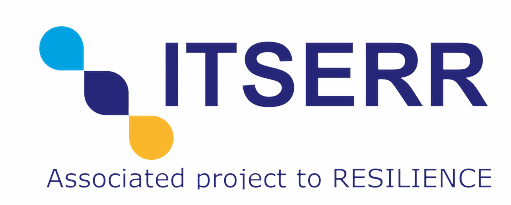Abstract
The aim of WP9 TAURUS is to develop a software toolkit for 3D visualisation and fruition of historical heritage artefacts and materials; the toolkit is intended for specialised researchers in the field of Religious Studies and Archaeology, but is also transversally applicable to other domains. The toolkit contains three such instruments:
- EnLil –Enhancement of Little curved object representation: cuneiform tablets and cylindric seals from the Near East;
- MiRAr – Mixed Reality for Archaeology: 3D reconstruction of archaeological artefacts and environments;
- ACIS – Artworks Conservation Integrated Sources. The tools developed in the WP share some features, such as the capability of producing 3D visualisations, but they vary in scope and application.
Staffing
Stefano de Martino, Filippo Diara (Research Technologist), Francesco
Barsacchi (RTDA), Vito Messina, Maria Beatrice Failla, Giovanni Novero (PhD)
Steps
- Early market analysis on 3D scanners for 3D acquisition for archaeological artefacts.
- Review of the state of art of 3D documentation of archaeological artefacts.
- Archaeological dataset identification: Ur III cuneiform tablets, cylindric seals, bullae and other Near East archaeological artefacts.
- Purchasing different typologies of 3D scanners (structured-light and lasers).
- 3D documentation of the selected dataset.
- 3D post-processing analyses for extracting semantic information.
- Instruments benchmarking and validation for 3D reconstruction and analysis;
- Metadata and paradata storing and managing.
- Design a preliminary open-access repository and Common Data Environment for data-sharing and visualization.
- Finalise TAURUS data for publication and for RESILIENCE project.
Outcomes
- Review and metric assessment of 3D scanners and instruments for designing a best practise guideline for 3D documenting small – medium – large archaeological artefacts.
- Extracting and analysing religious semantic information from seal impression on clay tables or other archaeological artefacts.
- Results and data publication via open-access.
- Data secure and exchange.

